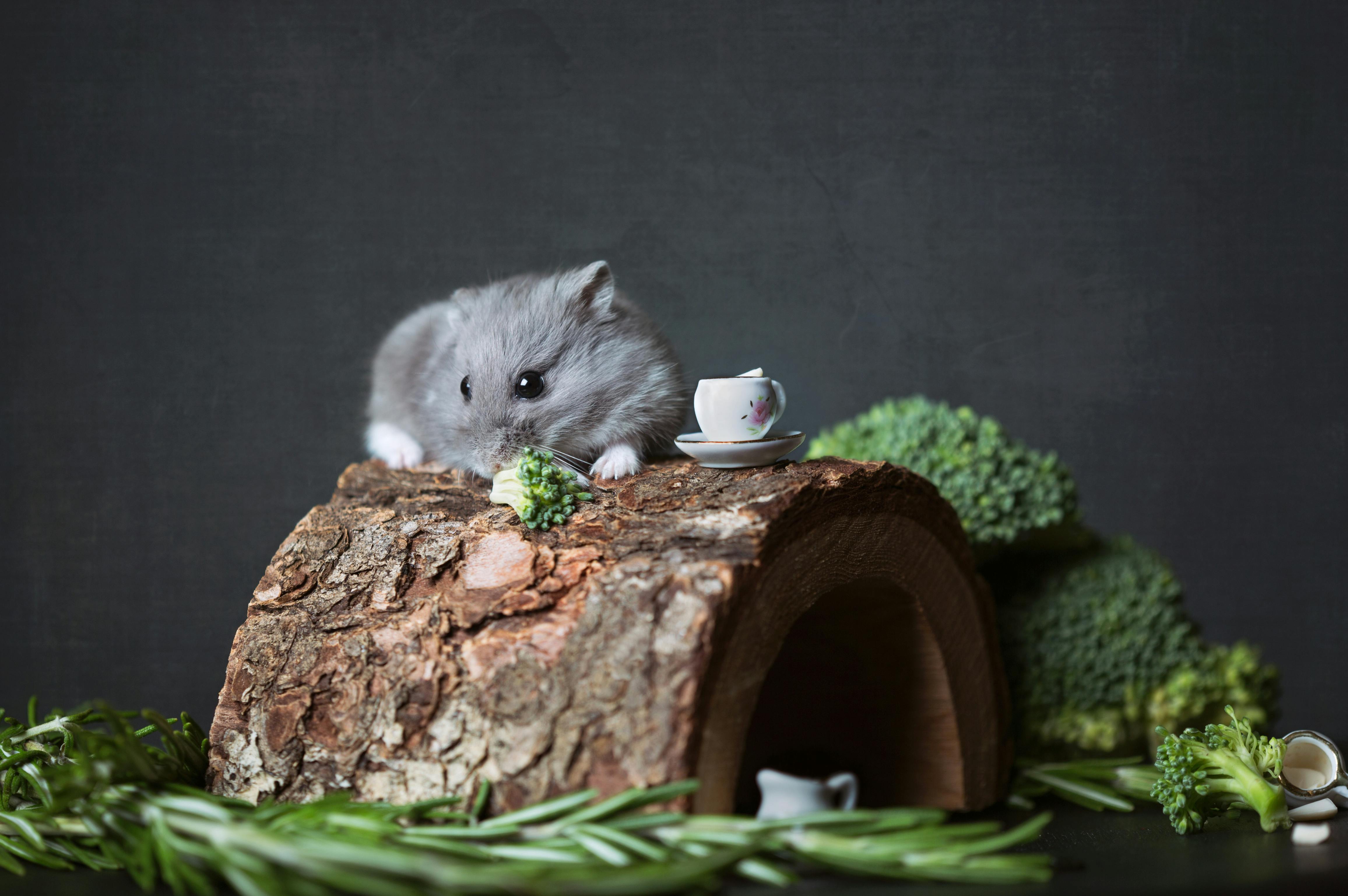A new dog in the family can be a big change for everyone, especially the dog. If you have children, the first concern you will have is the safety of your child in the presence of the dog. Of course, a puppy is usually quite harmless and can be a great solution for a young child. In this way, the puppy can grow up alongside the children. But what if you’re choosing a senior dog, or maybe you already have a dog and are expecting a new baby? Getting your child and pet to socialize with each other can be a challenge, but with the right safety precautions and understanding, everyone can be happy.
A responsible parent must be very aware of the interaction between their child and their pet, especially in an introductory period. Although it may seem like your dog is perfectly lovable, children often bring unexpected things into the equation. Remember that your dog may see the child as a threat, even though he is stronger and faster than his child. Babies are not usually a problem with dogs because their actions are not very extreme. However, young children love to play with animals and often do not understand that they are scaring or even hurting the dog. The younger the dog, when introduced to children, the better. This helps them socialize with children and makes it less likely that they will see a child as a threat, but your child’s interactions with the animal should still be monitored at all times.
By setting some ground rules for your children to follow, your dog will be much less likely to feel threatened or irritated. Children should know that it is not good to pull on a dog’s ears or tail and that dogs do not like it when you stick your fingers in their eyeballs. These are just a few common sense things that are extremely helpful when trying to socialize your dog with a child. If you don’t already have a dog, it’s recommended that you wait to get one until your child is old enough to follow instructions like these.
There are many things that can be done if a newborn comes home. It’s nice to have a separate play and roam area in the house for the dog that keeps the baby out of reach. Set up these areas a few weeks to a month before the baby is born. Also, you should practice giving the dog some commands while holding something the size of a child in your arms. Once the baby actually arrives, the dog will be much more used to the change of environment. It is important to continue to give your dog the same attention you gave him before the baby was born. Dogs can be very emotional animals and a drastic change in the amount of attention they receive can cause a great deal of stress. If you’re the kind of person who pays constant attention to your animal, try giving it less attention for a few weeks before the baby is born. A baby will definitely take up more of her time, and it’s good to teach your dog a little patience before the baby arrives.
With proper supervision, dogs can be the perfect companions for children in their developmental years, not to mention they are loads of fun. As long as parents are responsible and understand the needs of children and dogs, children can have a wonderful relationship with their dog.
